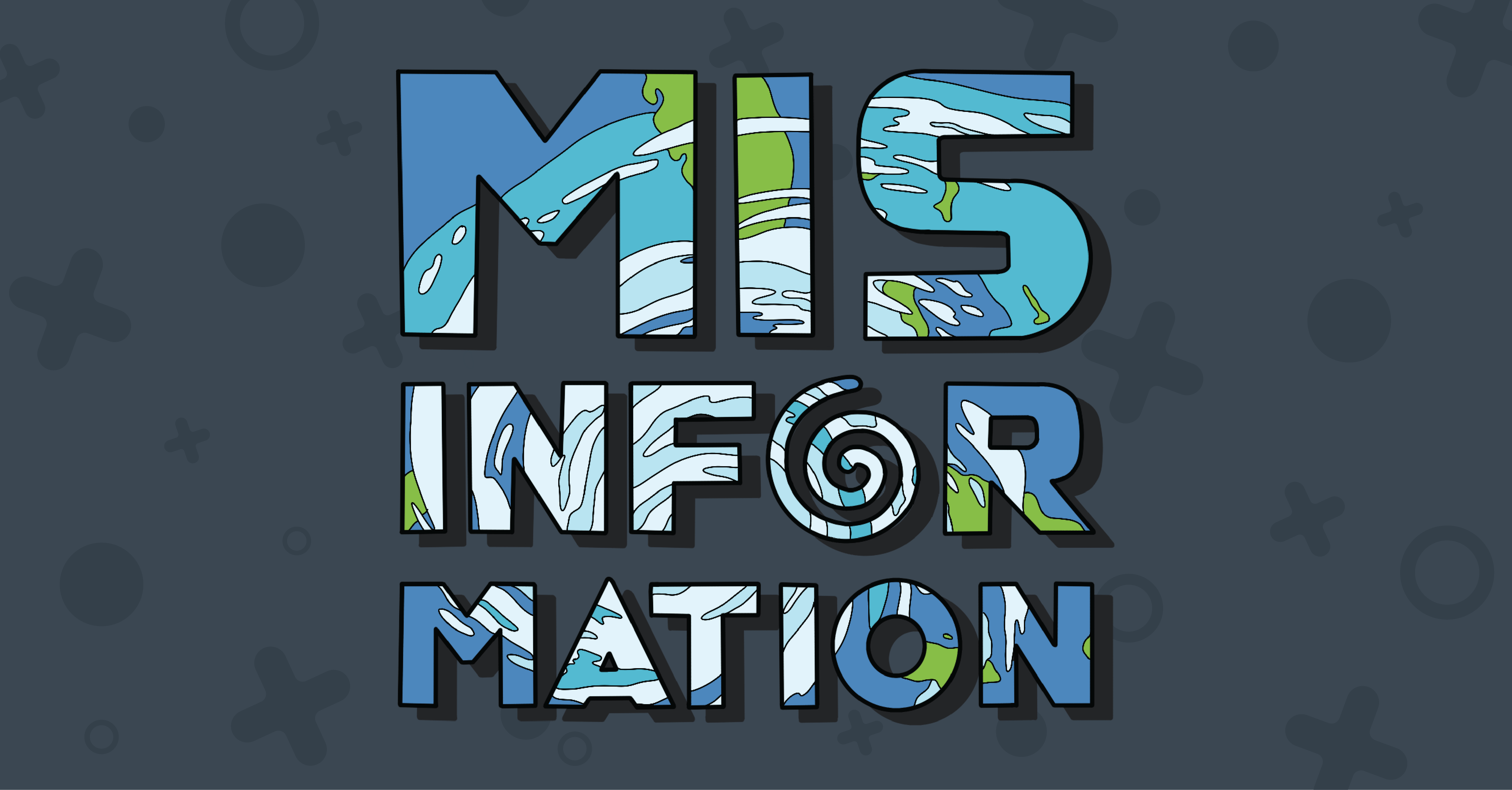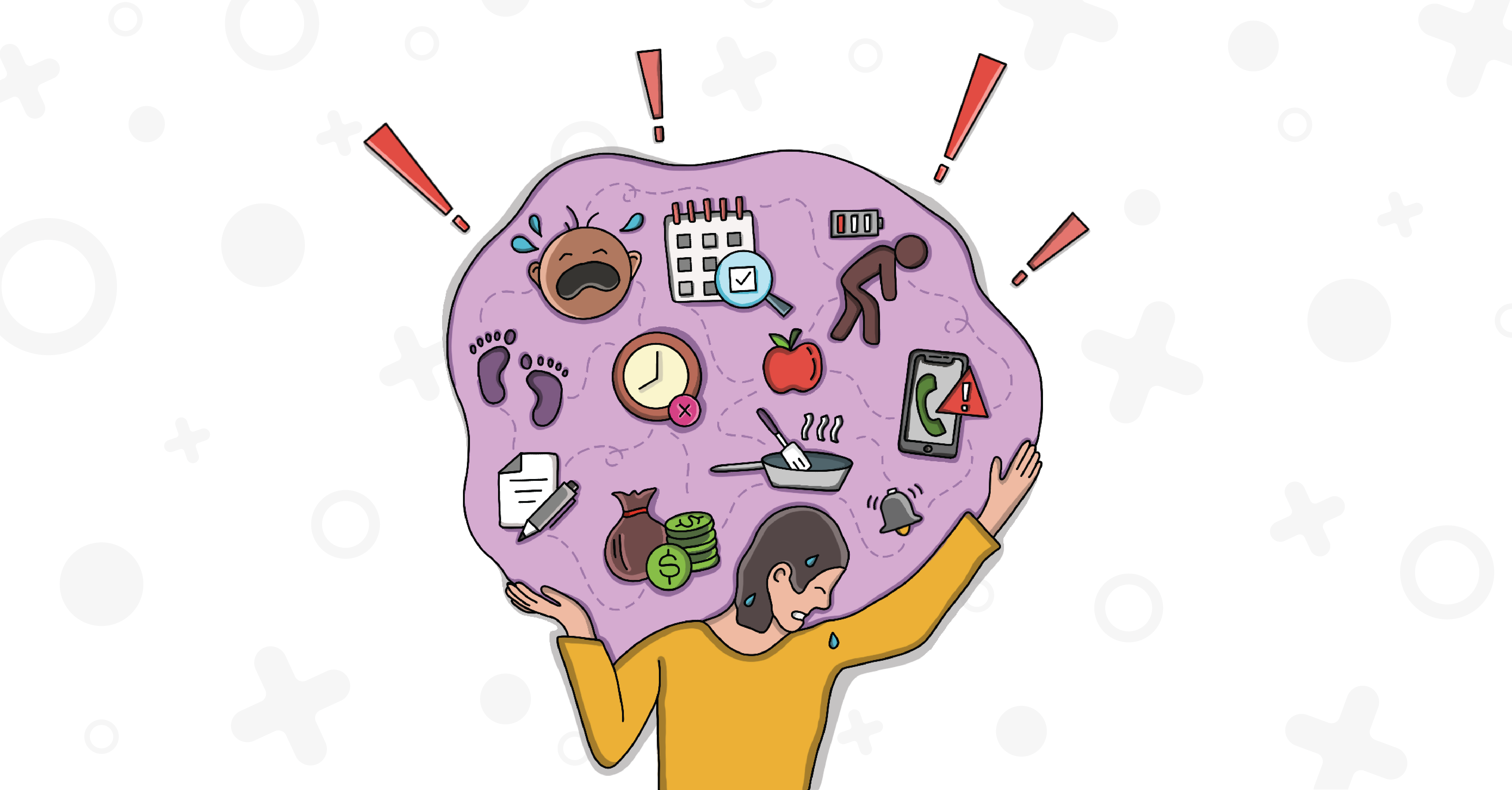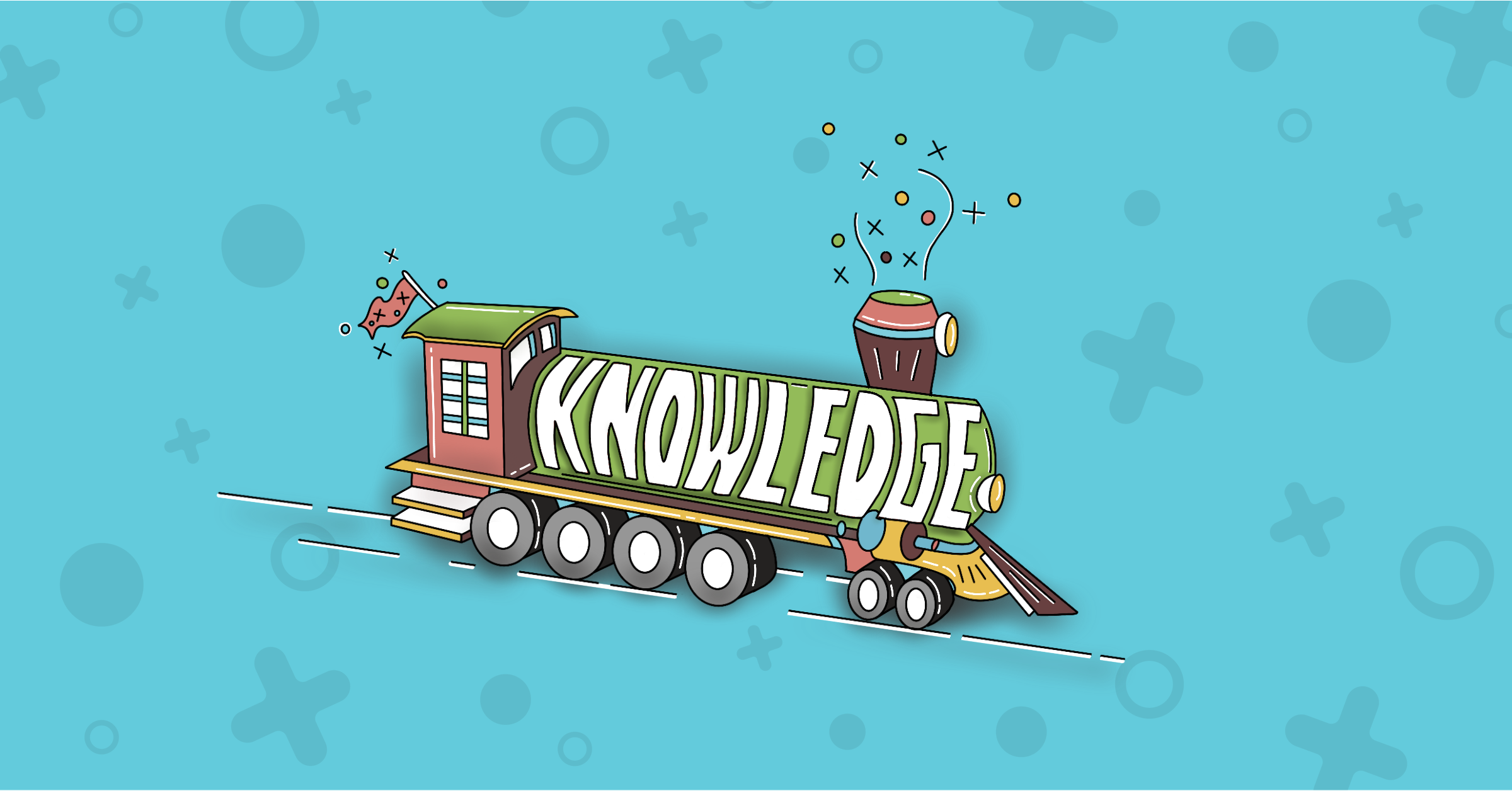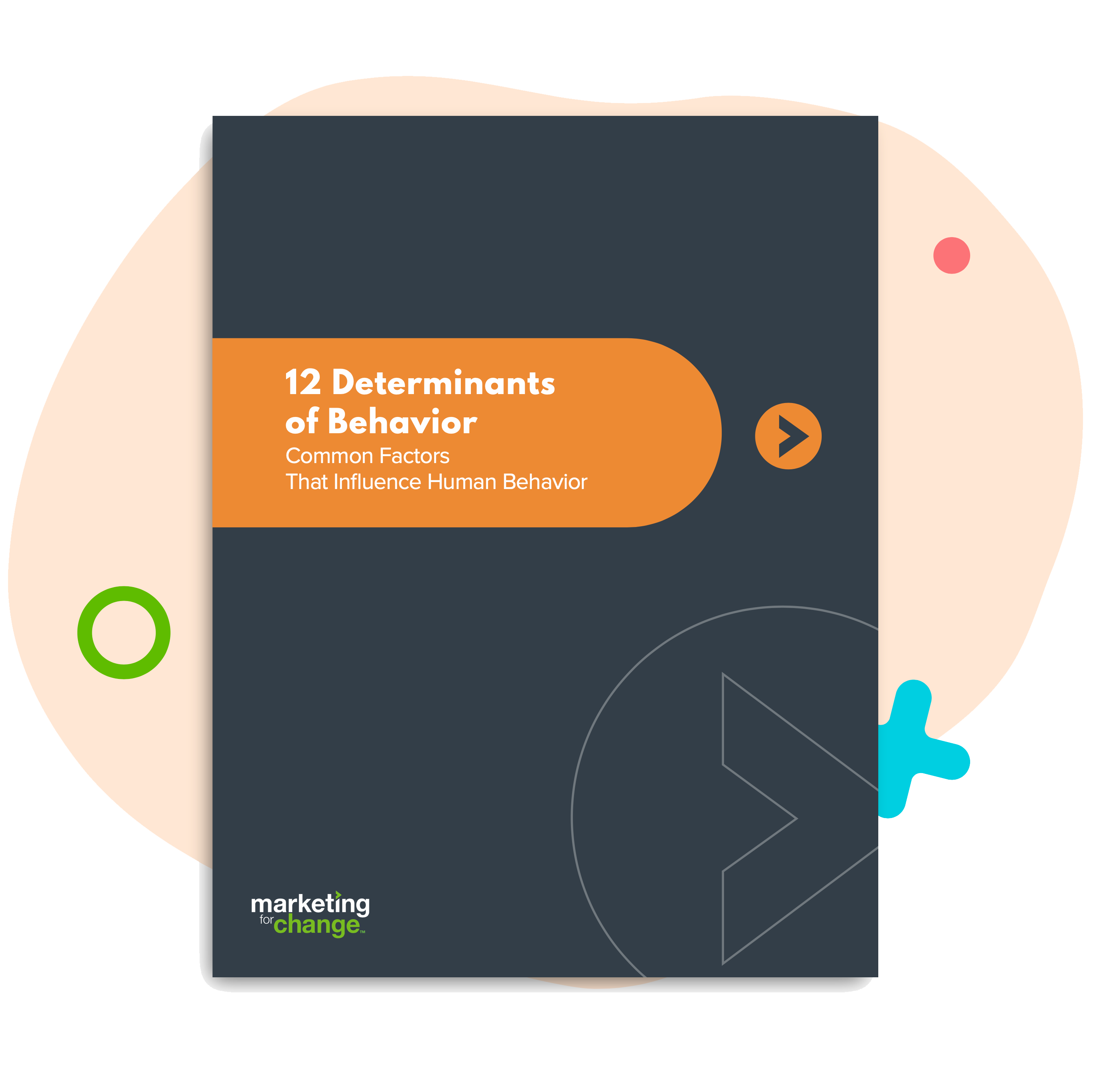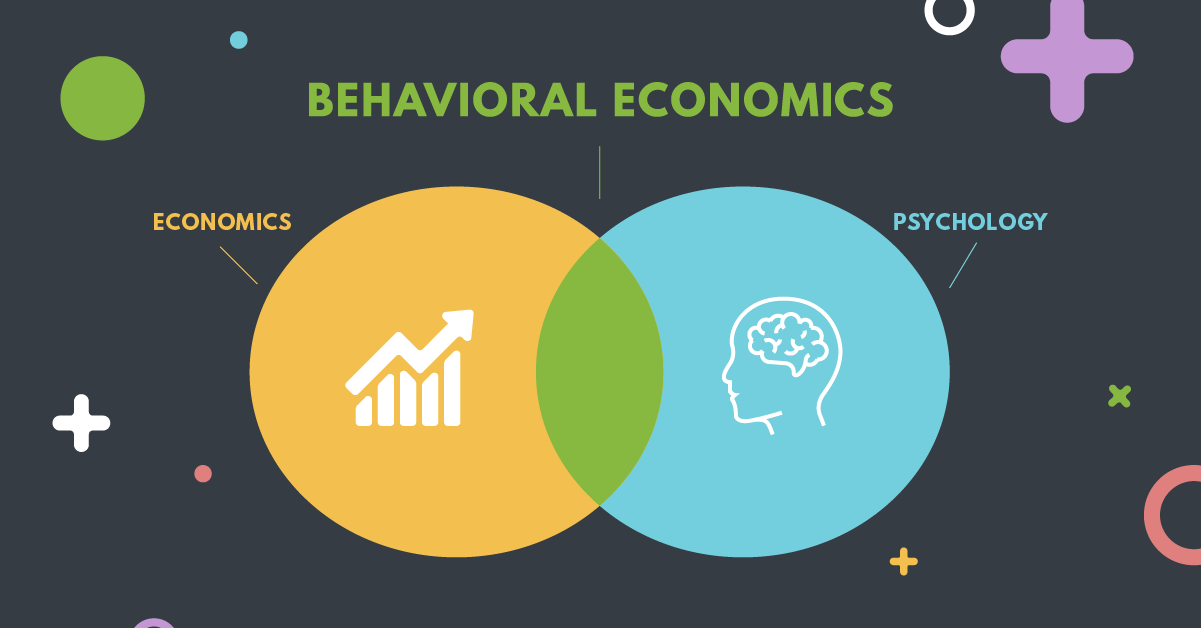
5 Things You Should Know about Behavioral Economics
Behavioral economics is all the rage. But what is it, really? Brand consultant and Professor Elizabeth Schwab of the Chicago School of Professional Psychology says that the first question most people ask her about the discipline is: “Do you have to do a lot of math?” The answer, like pretty much anything involving behavioral economics, is “it depends.” But here are five things change agents should know about behavioral economics that don’t require any math.
First, some context. Elizabeth spoke today at a breakfast event hosted by the Florida Public Relations Association at Rollins College in Orlando. In a delightful coffee talk led by Blezoo CEO Dean Caravelis, Elizabeth entertained a crowd of communicators with insights into the behavioral biases behind the Fyre Festival disaster, including bandwagon effect and sunk cost effect. She also talked about why she loves pharmaceutical ads (because “they are so good at hiding the logical stuff” — more on that later) and predicted that influencer marketing, because commercialization has diluted influencers’ value as trusted messengers, is getting a bit stale.
Elizabeth’s talk was sprinkled with (skillfully contextualized) references to behavioral economics axioms. Here are five of the most important for those of us who work in behavior change.
1. Context matters. This is the axiom of behavioral economics. It basically means that how we behave depends on the situation we find ourselves in, including our physical, social and emotional environment. It’s why, if you live in a food swamp, you are more likely to get fat, or why your parents were right to worry about who you hung out with in high school. It’s also why people who never eat bread will clear the store shelves when a hurricane looms thanks to the scarcity effect (which can have long-term consequences for low-income people). And most importantly, it means that if you want to change a behavior, you probably need to change the context first.
2. System 1 is in charge. The dual system theory of thought dates back to Aristotle, but it has been popularized by behavioral economics. Essentially, System 1 is our “lizard brain,” the primitive brain stem that allow us to think and react quickly and efficiently. Our System 2 brain is our logical selves. The problem? Most of us, including most neoclassical economists, think System 2 is in charge of our daily decisions — and too many behavior change marketers craft their campaigns around an appeal to System 2. In fact, Nobel Prize winning behavioral economist Daniel Kahneman has shown during more than six decades of research that System 1 is nearly always in the driver’s seat. You know who gets this really well? As noted above, the pharmaceutical industry does a masterful job of crafting ad campaigns that appeal to emotions and aspirations, while “hiding the logic” with easy-to-ignore disclosures about side effects voiced over in a monotone while happy images scroll across the screen.

3. We are all biased, often predictably. System 1 thinking is “fast” and relies on mental rules of thumb known as heuristics. Often, these heuristics are helpful — for example, we can quickly process thousands of audiovisual inputs to decide whether someone approaching us is friendly or threatening, without having to sit down and write out a list of pros and cons. But heuristics frequently, and often predictably, lead to biases. One of my favorite Wikipedia pages is the list of cognitive biases, and one of my favorite biases is the bias blind spot, our belief that we are less biased than other people. In a fun twist, detractors accuse behavioral economists of having a bias bias, a tendency to spot biases even when there are none.
4. These biases can be harnessed for good. Popularized by Richard Thaler and Cass Sunstein in their 2008 book by the same name, a “nudge” is a simple behavioral intervention that harnesses people’s biases for good, while making it easy for them to opt out. For example, you can exploit the “default effect” by making the behavior you are encouraging the default choice. People are more likely to donate their organs or switch to a money-saving prescription plan or invest in a 401(k) if they are automatically opted in (but can still easily opt out). An easy way to think about it is that people usually take the easy way out, so if your preferred choice the easiest, they are more likely to choose it.
5. Empathy is everything. If there was one lesson Elizabeth wanted her audience to take away, it was this one. You cannot get people to change their behavior unless you first try to walk in their shoes. Rather than making rational arguments to your audience about why they should change how they behave or think like you do, a more interesting and productive starting point is to ask why they think or behave that way in the first place. “It’s about perspective taking,” she said. It’s about asking, “ ‘Hey, why do you think that. Where are you coming from?’ ”
It’s also why Elizabeth deleted 400 unempathetic people from her Facebook account, and deleted her Twitter entirely. Sometimes, we also have to have empathy for ourselves.

Sara Isaac is the agency’s chief strategist.


